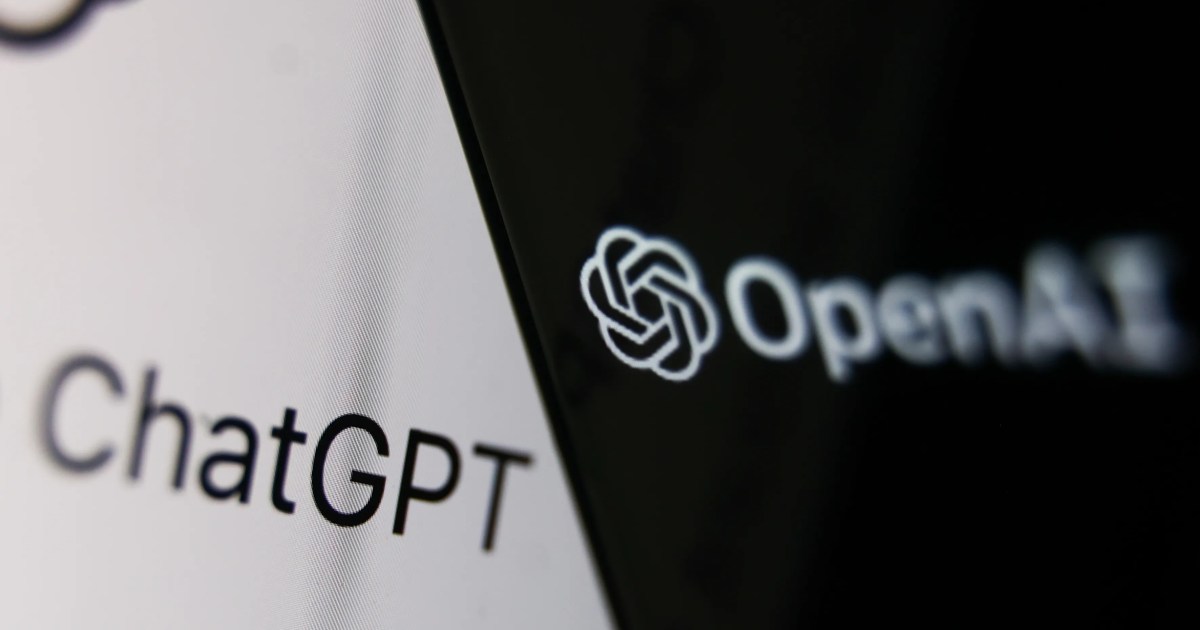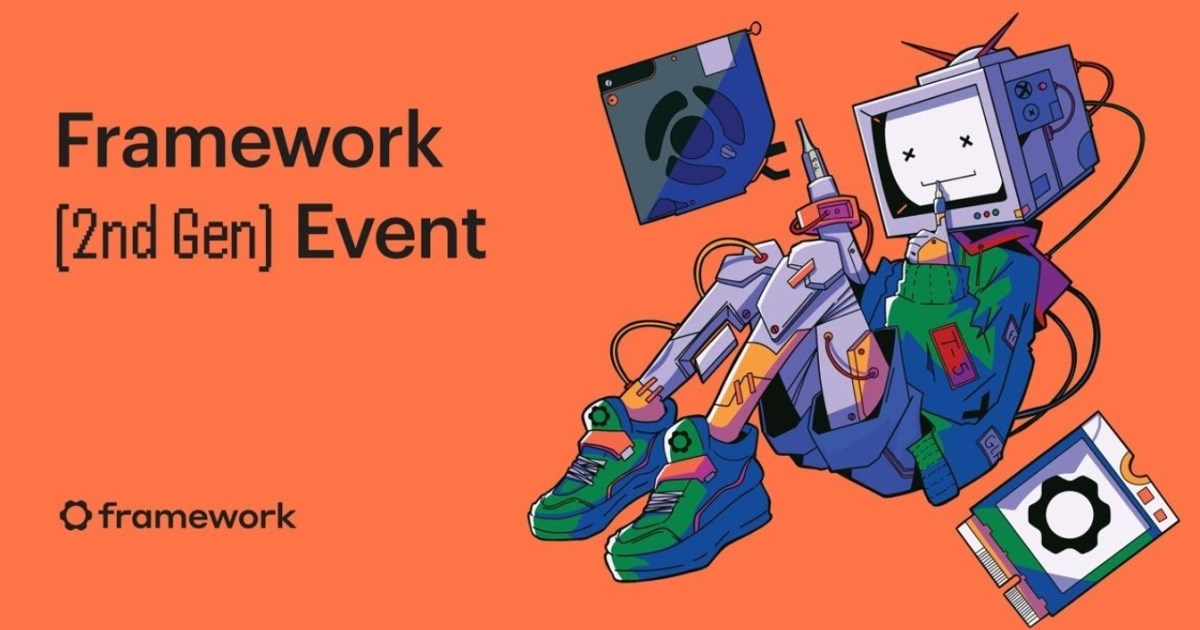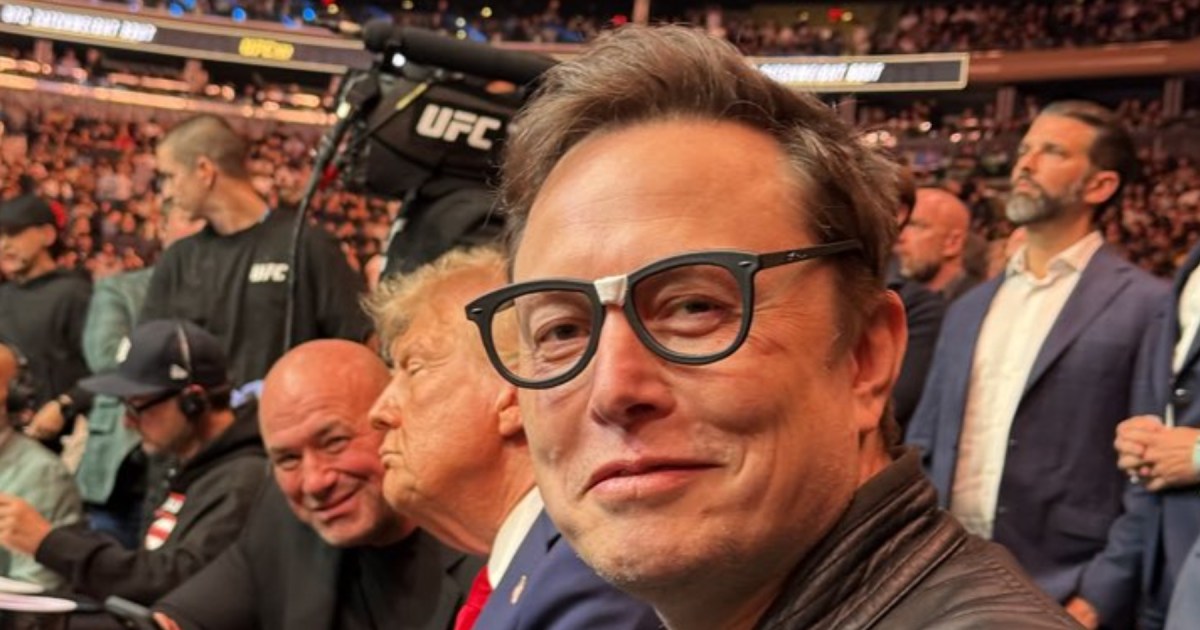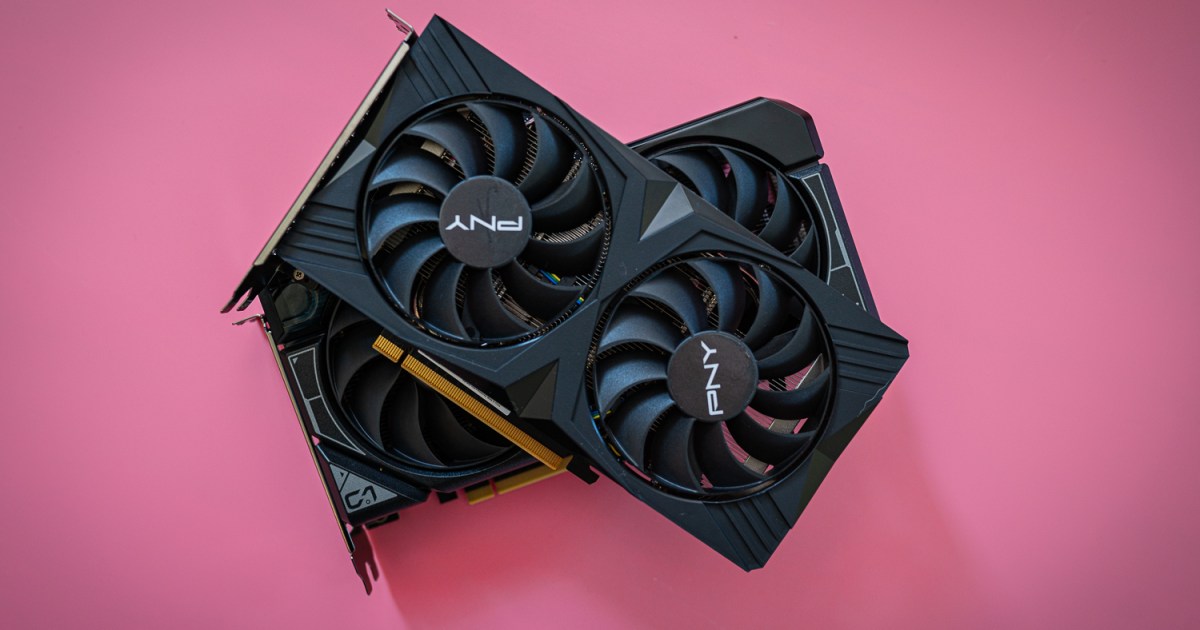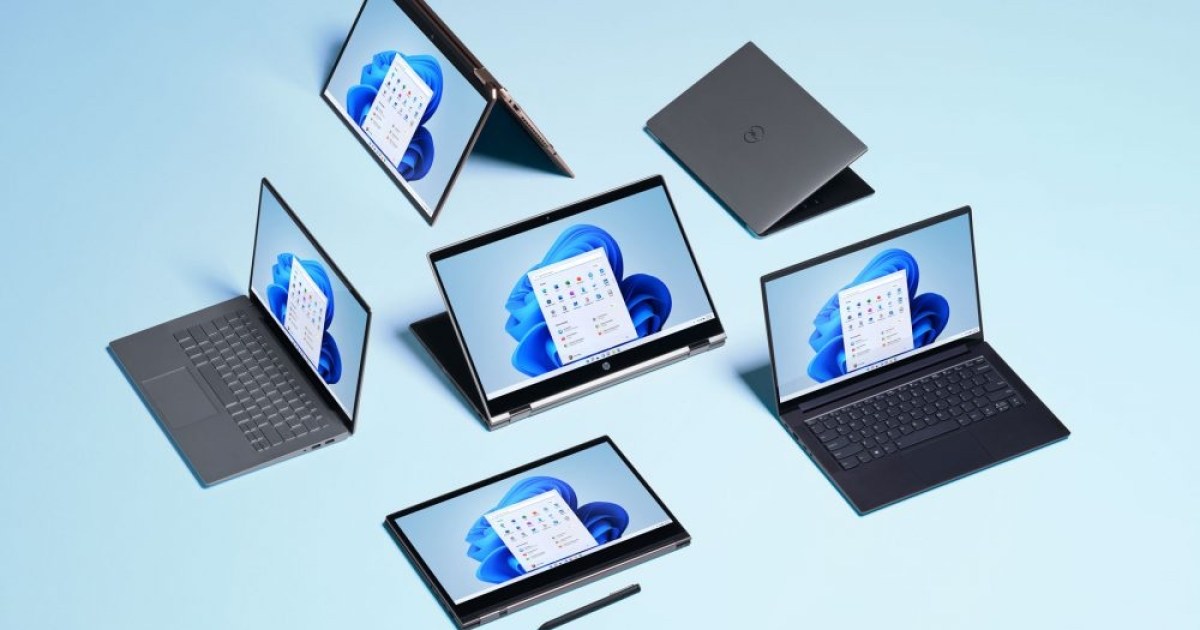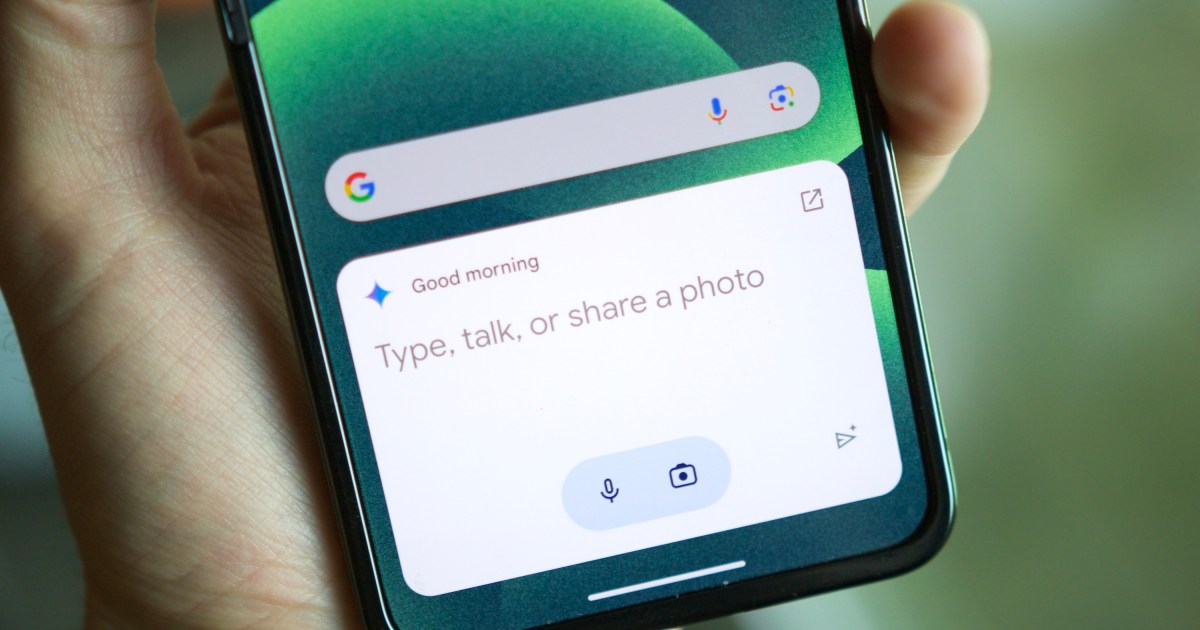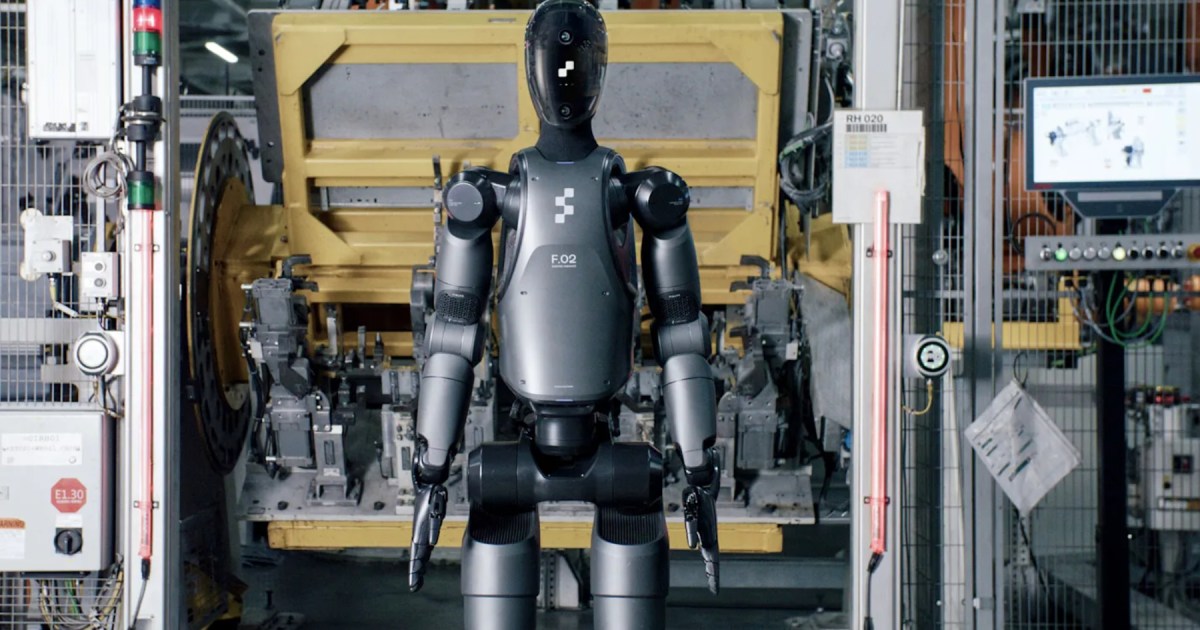OpenAI CEO Sam Altman announced on X (formerly Twitter) that the company is discontinuing its plans for a standalone o3 model. Instead, OpenAI will focus on a “simplified” GPT-5, incorporating various technologies, including elements of o3, and aiming for a more unified and user-friendly AI experience.
Altman acknowledged the increasing complexity of OpenAI’s model offerings, stating the company’s desire for AI to “just work.” He expressed dissatisfaction with the current model selection process, aiming to return to a more seamless and intuitive user experience.
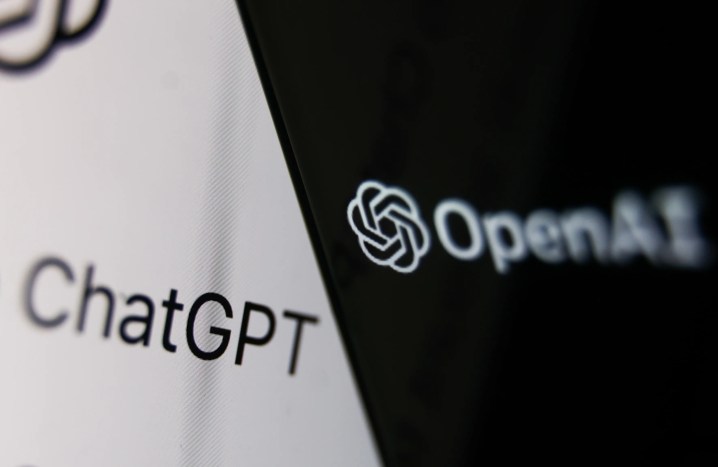 ChatGPT and OpenAI logos.
ChatGPT and OpenAI logos.
GPT-4.5, internally codenamed Orion, will be OpenAI’s final non-chain-of-thought model, releasing in the coming weeks. GPT-5, while not entirely standalone, will integrate a range of OpenAI’s technologies, effectively combining various functionalities into a more cohesive system. Some critics, like Ed Zitron, have likened the integration of various technologies into GPT-5 to a “rat king of different mediocre products.”
OpenAI’s primary goal is to unify the o-series and GPT-series models, creating systems capable of utilizing all their tools and adapting to different tasks effectively. Altman outlined plans for these models to incorporate voice interaction, canvas integration, search capabilities, deep research functionalities, and more.
 Sam Altman's X post about OpenAI's roadmap.
Sam Altman's X post about OpenAI's roadmap.
Chat users will have unlimited access to the “standard intelligence setting” as long as they adhere to the platform’s usage guidelines and avoid exceeding “abuse thresholds.” While Altman didn’t specify these thresholds, he confirmed that paid subscribers will enjoy enhanced access and higher levels of intelligence within GPT-5, with Plus and Pro subscribers receiving progressively more advanced capabilities.
This strategic shift follows DeepSeek’s growing success with its R1 reasoning model, which offers comparable performance to o3 at significantly lower cost and energy consumption. Altman had previously committed to accelerating OpenAI’s release schedule to compete with DeepSeek. The release of o3-mini as the baseline model for ChatGPT and the current focus on GPT-5 appear to be part of this competitive response.
This shift towards a unified model in GPT-5 represents a significant change in OpenAI’s strategy. By integrating various functionalities and prioritizing user experience, OpenAI aims to maintain its competitive edge in the rapidly evolving AI landscape. The success of this approach remains to be seen, particularly in the face of increasing competition from rivals like DeepSeek.



